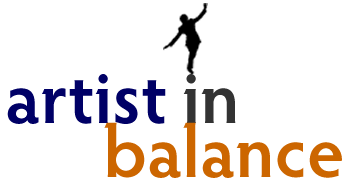Reading the score
Often when we try and study something, we narrow our vision and tense our bodies. We have lots of goals: to learn it quickly, to memorise it right away, etc. This puts pressure on our thinking, which can limit our mind’s ability to encounter the rich environment that music provides.
This type of mental study requires that you put all that on hold, allowing the music to speak to you slowly, without trying to “learn” it all. One very good technique to prevent over-concentration is to allow your vision to be open. You can do that by alternating looking at the score and looking in to the room or out the window. You read the music in a relaxed way, as you would a magazine. Don’t try and imagine how you will play it, but imagine is as if someone else is playing it for you. If it is a new piece and you can’t mentally “hear” all the harmonies or notes, never mind. Just look at the notes, indications, rhythms and patterns in the music and start warming up your brain for further study. If you are a jazz musician, you can do this with any piece also, without a score.
This kind of study works well on a moving vehicle, like a train, or in a cafe, as the surroundings are always changing and the music gets “projected” on the outside world as you look out the window. The distractions can even help by keeping you from stiffening and over-concentrating. You will find that if you study a score while you are aware of the space around you you will be able to play it more freely later, as you have not shut down your spatial thinking but have included it in to your imagining of the piece. This experience will also be useful later on stage, as yo will be able to deal with distractions there as well.
It is useful to consider doing this type of mental study for about 15-20 minutes at a time, to keep it fresh.
